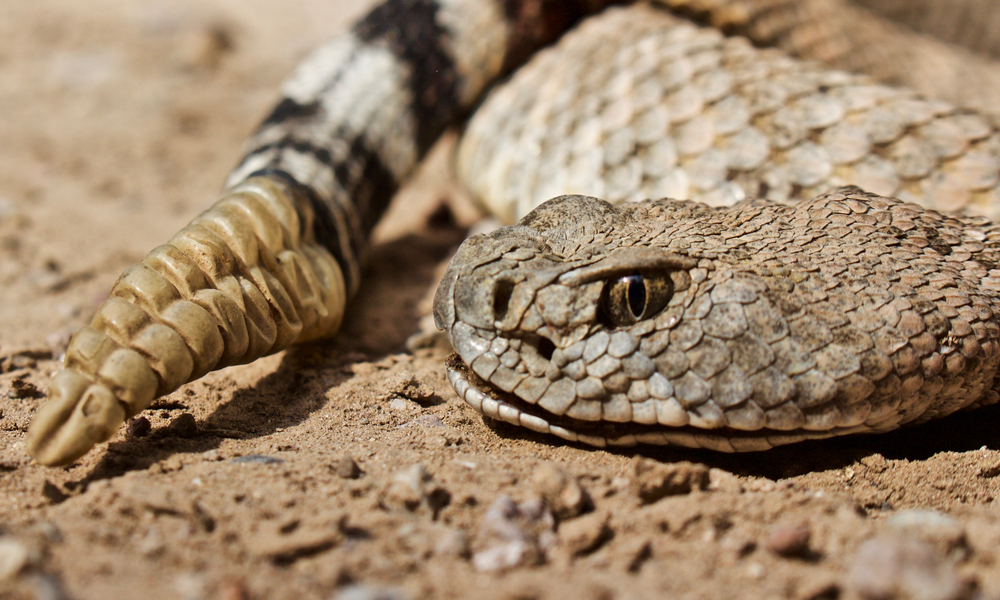What To Do (and Not Do) If A Snake Bites You
Posted on Categories Discover Magazine

You’re more likely to be struck by lightning than die from a venomous snake bite. But bites do happen. If you do find yourself on the business end of a snake’s fangs, here are a few things you need to know.
What NOT to do if You Get a Snake Bite
The first thing to consider — you’re probably not going to die (in the U.S.). The U.S. Centers for Disease Control and Prevention (CDC) estimates that between 7,000 and 8,000 people in the U.S. are bitten by venomous snakes each year. And of those who are bitten, only about 5 percent die.
To put that in perspective, around 40,000 people die in car accidents each year, according to the U.S. Department of Transportation. Regarding snake bites, prompt medical treatment is almost always effective.
The second thing to consider is — throw away your snake bite kit. Before snake bite kits came on the scene, we were advised that the best first aid for snake bite was the charmingly named “cut-and-suck” method. This involved cowboy-like heroics. The victim or a brave bystander would cut a slash near the bite site, suck out the venom, and then spit it out, being careful not to swallow any.
Read More: 10 of the World’s Deadliest Snakes
Snake bite kits took a bit of the bravado out of the method by providing tools for the job. A venom extractor did the cutting and sucking, making the whole process less dramatic. However, this method was thoroughly debunked years ago. It wasn’t very helpful, and the suction could cause tissue damage of its own.
After debunking cut-and-suck, we were told to apply a tourniquet to keep the venom from spreading from the bite site. This, too, has been shown to be a poor idea. The tourniquet does indeed keep the venom from spreading, but that just leaves more concentrated venom at the bite site to cause tissue death. Because snake bites cause swelling, applying ice might seem like a good idea. It’s not, though. Ice can add to the tissue damage.
Another common cowboy response is to take a slug of alcohol for the pain. (Snake bites rarely kill, but they can hurt like a monster.) But the CDC says no. You can have a drink later when you’re telling your peeps the story of your snakebite.
So that’s what not to do.
What to do if You Get a Snake Bite
That part is pretty simple. Stay calm and get to the hospital as soon as possible. The best first aid for snake bites is already in almost everyone’s pocket: a cell phone. If a snake bites you or you are with someone who is, call 911 immediately and let the pros handle it.
While waiting for the EMT heroes to arrive, carefully follow the dispatcher’s instructions. The CDC advises washing the wound with soap and water and keeping the bite area below the heart’s level.
You can take a picture of the snake for identification purposes, but only if you can do so safely. It’s not necessary, though. As you just learned, getting close to snakes is not the best idea. The pros at the hospital can identify the venom by its effects and choose the proper antivenin based on that.
How to Prevent a Snake Bite
As with all things in life and health, a little prevention is worth a lot of cures. To reduce your risk of snake bite, always wear sturdy boots when you’re in a lot of brush. Never put your hands or feet where you can’t see them. And please don’t mess with snakes. If you go your way, they’ll most likely go theirs. And everyone will come out of the encounter happier and healthier.
Read More: Is Snake Island in Brazil as Dangerous as It Sounds?